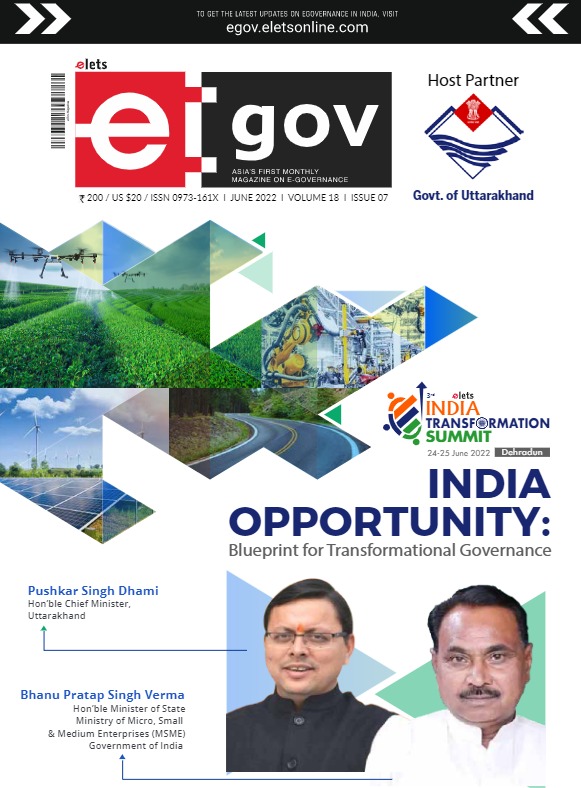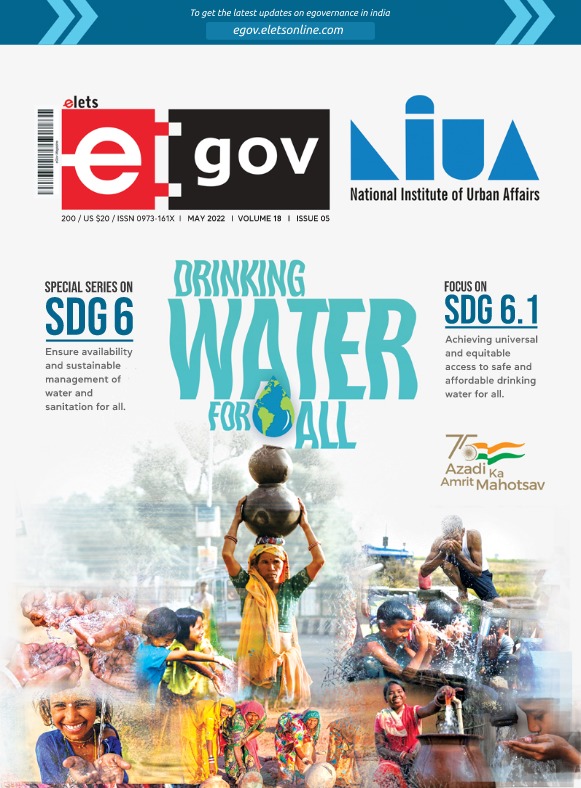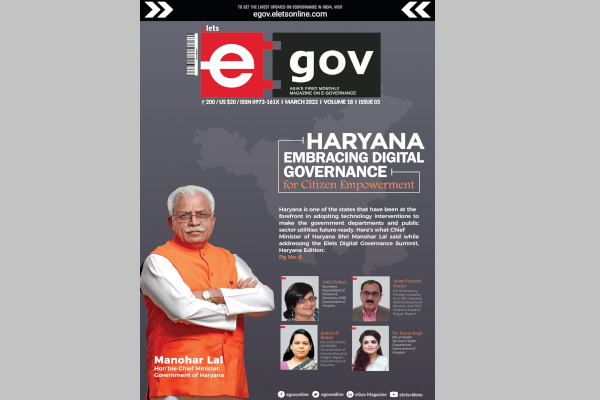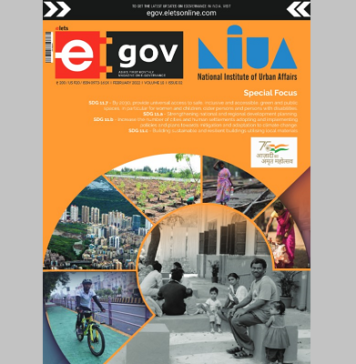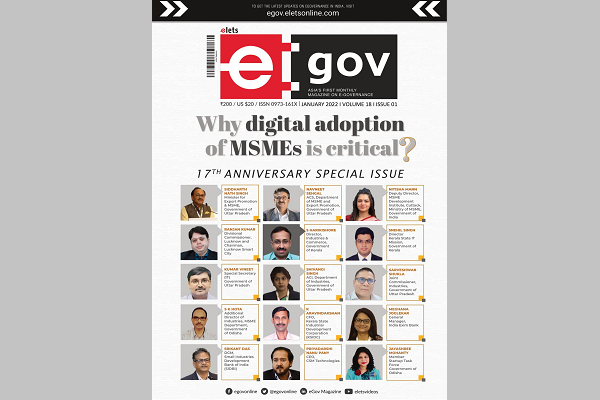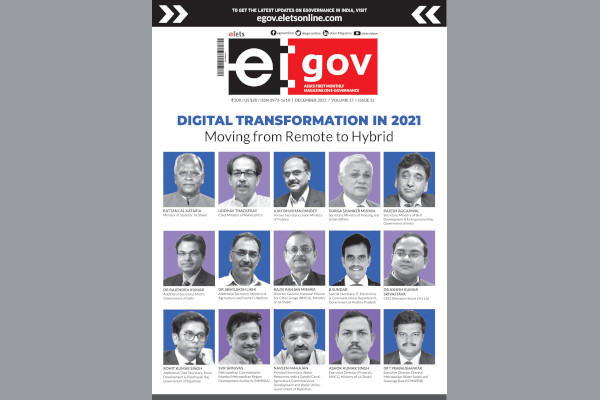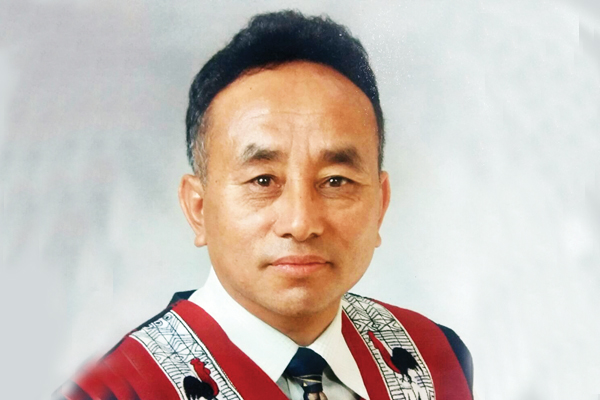
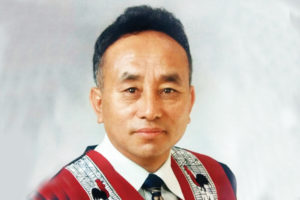 Having missed the bus twice, Nagaland State capital Kohima’s tryst for the ‘Smart City’ tag came to fruition when it finally managed to find a place in the Smart Cities Mission. Dr Tohimanen Ozukum, Head of the Department, Directorate of Municipal Affairs, Government of Nagaland in conversation with Elets News Network (ENN) shares his vision and the challenges that the city is facing to become a Smart City.
Having missed the bus twice, Nagaland State capital Kohima’s tryst for the ‘Smart City’ tag came to fruition when it finally managed to find a place in the Smart Cities Mission. Dr Tohimanen Ozukum, Head of the Department, Directorate of Municipal Affairs, Government of Nagaland in conversation with Elets News Network (ENN) shares his vision and the challenges that the city is facing to become a Smart City.
How is your department ensuring Kohima’s urban development?
Our main objective is to prepare implementable redevelopment plan. The second is to make Kohima a Smart City in reality with proper vehicle parking facility in all the 19 wards. What projects have been taken forward to develop Kohima a Smart City? Construction of storm water drainage phase 1 has been completed in the city. This has protected the city from soil erosion and landslide. In fact ,the third party monitoring agency of the Ministry of Housing and Urban Affairs, Government of India has accredited this project as the best workmanship in hilly areas.

What major challenges are affecting Kohima’s urban growth?
Land holding system is the major challenge affecting Kohima’s urban growth. There is not much government land and most of the land is either with the private individuals or community. Haphazard development is another challenge as there is no What future prospects are you looking for city’s urban development in the coming years? The Government of India has sanctioned Rs 107 crore for work. Another Rs 4 crore including Rs 2 crore from the State has been released for Kohima Smart City. Therefore, my department has submitted proposal to take up two multi-level vehicle parking and construction of a cultural hall under this scheme. Construction of storm water drainage under Atal Mission for Rejuvenation and Urban Transformation (AMRUT) is in good progress. Detailed Project Report (DPR) for development of City Center in the 5.98 acres of Governemt land is also completed. Another DPR for Kohima Metro Cable is ready. Development of monorail is also under survey. These are some of the future prospects for Sustainable Urban development for Kohima. masterplan and implementation of building bye-law is a far cry. Lack of civic sense is another major challenge as people litter the city with trash. Awareness need to be made so that people make their surroundings clean.

What initiatives have been taken for waste management in the city?
Decentralisation of sanitation to ward level has improved a lot in the Municipal Waste Management. At present, Kohima has 19 wards and the department has allotted Tata mobile vehicles to all the wards. Ward panchayats have been authorised to collect Rs 50 as sanitation fee. The collected amount is spent on maintenance of the vehicles and for the payment of remuneration to the drivers. The department has purchased 93 acres of fallow land and the solid waste is dumped in this area. A mini solid waste management plant has also been installed.
What future prospects are you looking for city’s urban development in the coming years?
The Government of India has sanctioned Rs 107 crore for work. Another Rs 4 crore including Rs 2 crore from the State has been released for Kohima Smart City. Therefore, my department has submitted proposal to take up two multi-level vehicle parking and construction of a cultural hall under this scheme. Construction of storm water drainage under Atal Mission for Rejuvenation and Urban Transformation (AMRUT) is in good progress. Detailed Project Report (DPR) for development of City Center in the 5.98 acres of Governemt land is also completed. Another DPR for Kohima Metro Cable is ready. Development of monorail is also under survey. These are some of the future prospects for Sustainable Urban development for Kohima.
ABOUT KOHIMA
One of the oldest among the eleven districts of the State, Kohima is the first seat of modern administration as the Headquarters of Naga Hills District (then under Assam) with the appointment of G H Damant as Political Officer in 1879. When Nagaland became a full fledged state on 1st December, 1963, Kohima was christened as the capital of the State. Since then, parts of Kohima district have been carved out thrice – the first in 1973 when Phek District was created, then in 1998 Dimapur was carved out and declared as a separate district and it was in 2004 for the third time that Kohima district once again gave birth to one of the youngest districts in the state called Peren District. The name Kohima is so called because the Britishers could not pronounce its original name “KEWHIRA” which is the name of the village where Kohima town is located. Kohima village , also called ‘Bara Basti’ which is the second largest village in Asia forms the North-Eastern part of Kohima Urban area today.
CLIMATE
Kohima features a more moderate version of a humid subtropical climate. Kohima has a pleasant and moderate climate – not too cold in winters and pleasant summers. December and January are the coldest months when frost occurs and in the higher altitudes, snowfall occurs occasionally. During peak summer months from July-August, temperature ranges an average of 80-90 Fahrenheit. Heavy rainfall occurs during summer.
Be a part of Elets Collaborative Initiatives. Join Us for Upcoming Events and explore business opportunities. Like us on Facebook , connect with us on LinkedIn and follow us on Twitter, Instagram.




